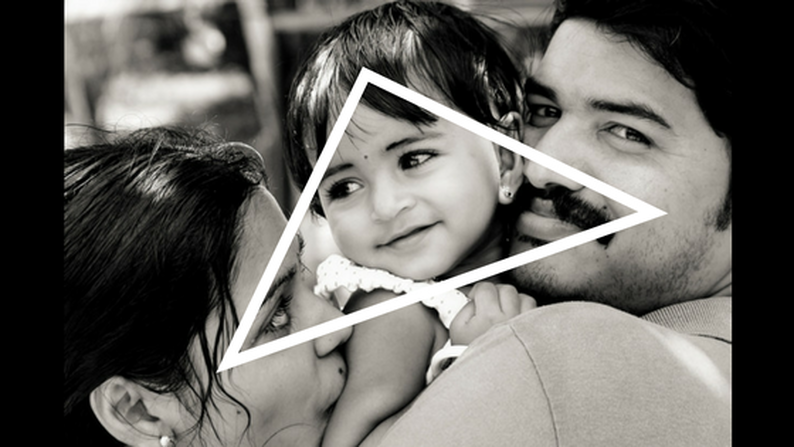The concept of the triangle was one of the first concepts added to Bowen Family Systems Theory in 1955. Dr. Murray Bowen wrote that the triangle, “a three-person emotional configuration, is the molecule or the basic building block of any emotional system, whether it is in the family or any other group.” (Family Therapy in Clinical Practice, 373)
Three examples of triangles
Let’s say you are the chair of the trustees for your congregation. You’re about to walk into a worship service and the chair of finance corners you. They start to tell you how upset they are with the chair of the personnel team. A triangle has been activated.
You are upset about something the pastor said last week in a meeting. You get together with the chair of the personnel committee to tell them how much you dislike the pastor and how you wish the pastor was removed. A triangle has been activated.
If you have ever been in a meeting where a few vocal members are complaining about someone else in the church and you remain silent, even though you disagree with their views, a triangle has been activated.
The patterns in triangles
One person is always uncomfortable in a triangle. In relatively calm scenarios, there are two comfortable insiders and one uncomfortable outsider. Being in the outside position creates anxiety because it can feel like rejection.
Patterns in the triangle shift as tension in the triangle increase. When one of the two insiders become uncomfortable, there is a move by one insider to be closer to the outsider. This leaves the other insider in the uncomfortable position of being the new outsider. The new outsider will work to restore the original inside position.
With high levels of tension, the desired position is the outside. An insider makes the move to be the new outsider by attempting to create a conflict between the other two. As the other two fight it out, the outside position becomes the comfortable position. At some point, the outsider will make a move to be back in the insider position.
In congregations, triangles are the mechanism for conflict. When two people are in conflict, it is more than likely a third person is involved. So, an understanding of triangles is the first step in conflict mediation for congregational leaders.
They key to Bowen’s concept of the triangle is remembering that triangles are not created in moments of tension. Triangles exist due to the emotional connections made when we enter a relationship system. As anxiety rises, it activates reactivity in the triangle. When one find’s oneself in a triangle, it’s important to think about one’s own need for emotional attachment. When one is drawn into other people’s problems, think back on the family. How is this similar to the way people live out triangles in one’s family of origin?
Interlocking triangles occur when the original triangle can no longer contain the level of anxiety and reactivity – a reality for people in any relationship system.

 RSS Feed
RSS Feed